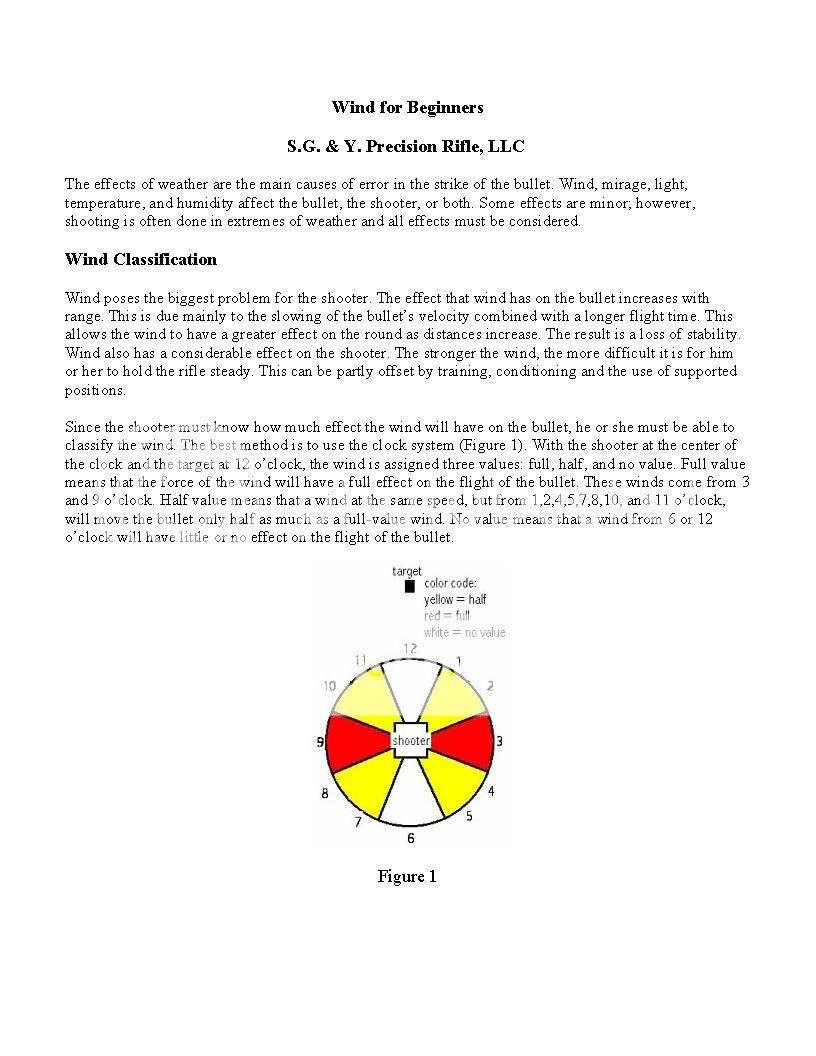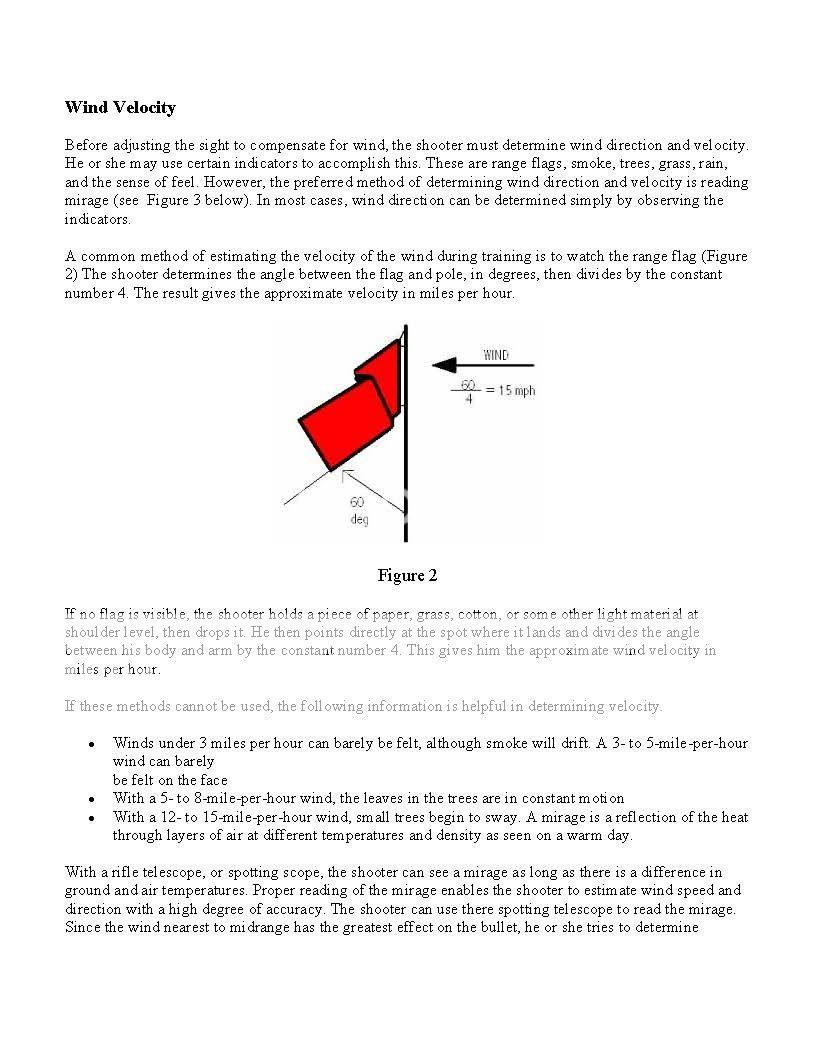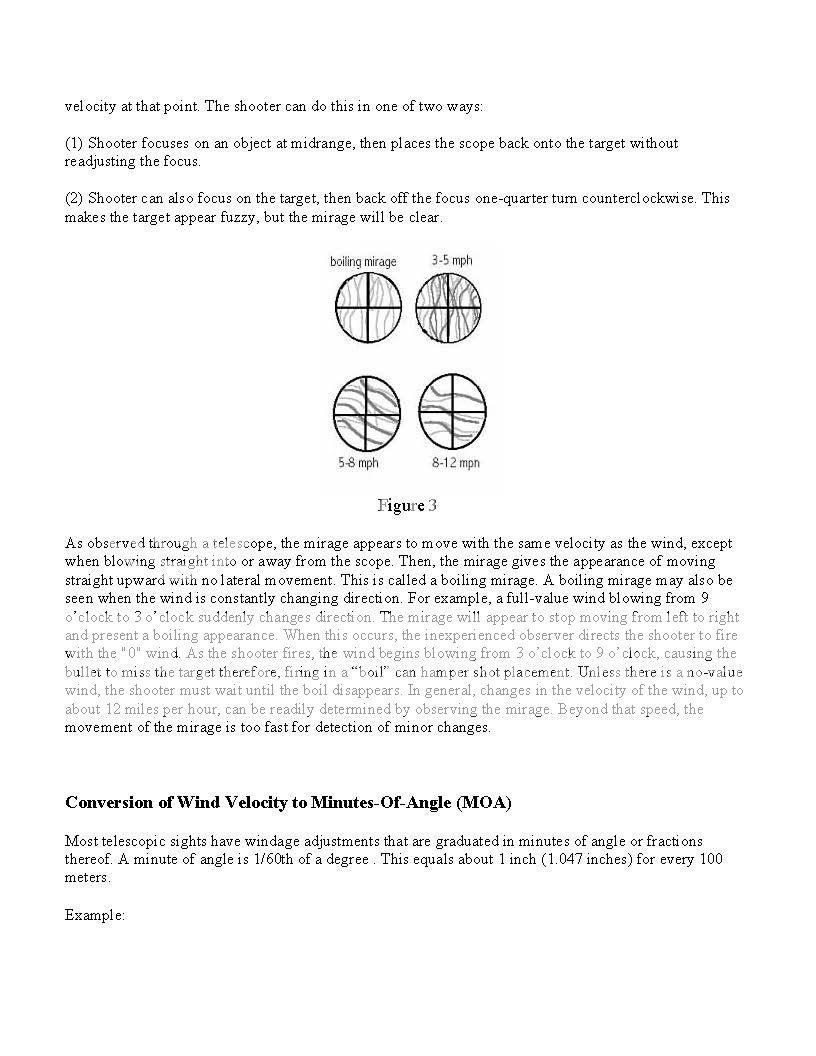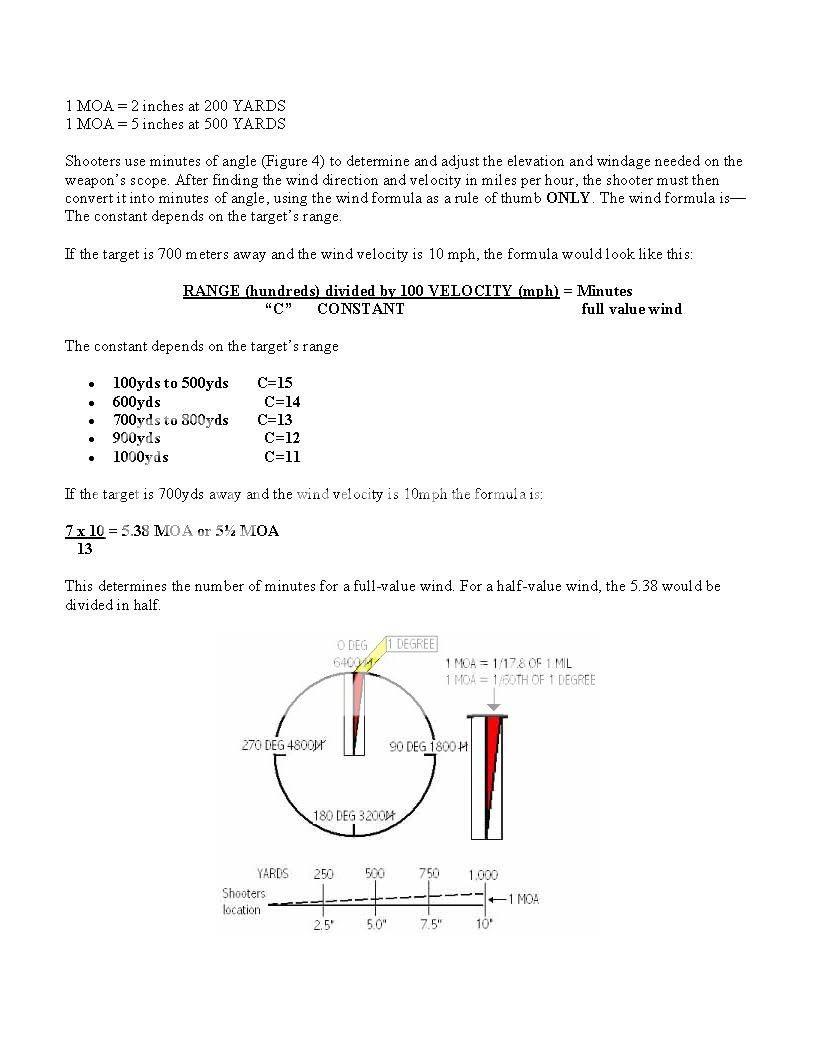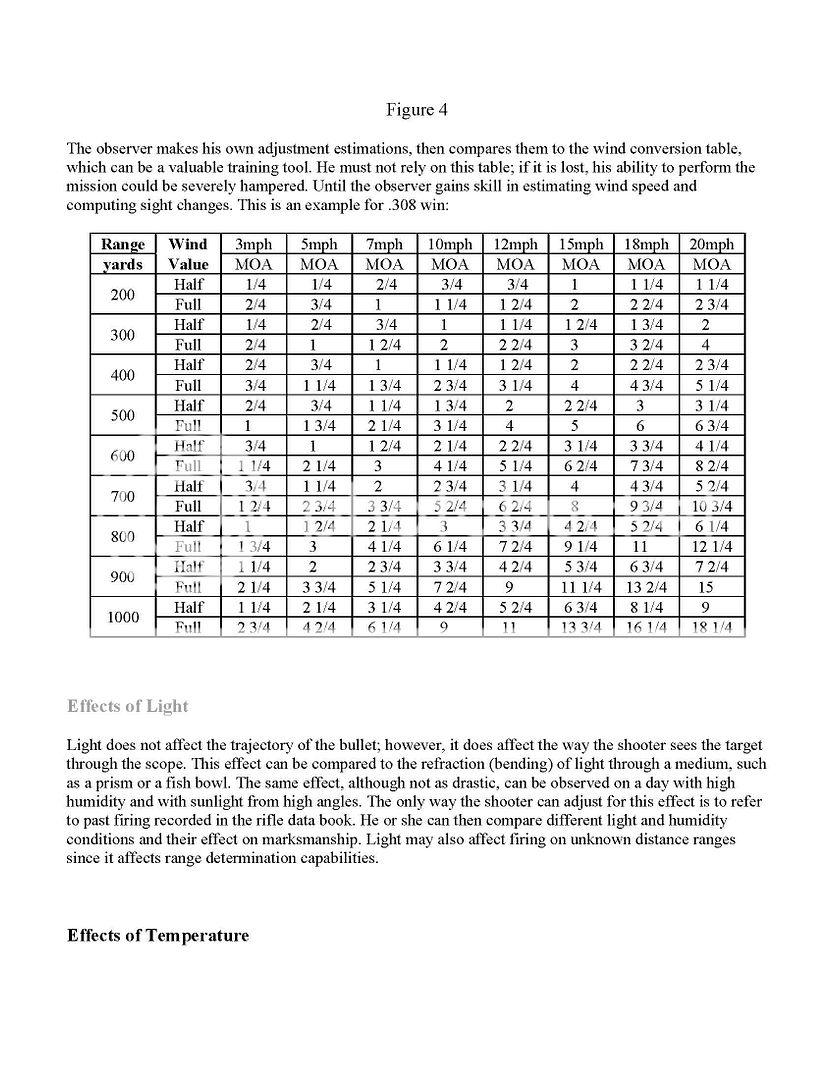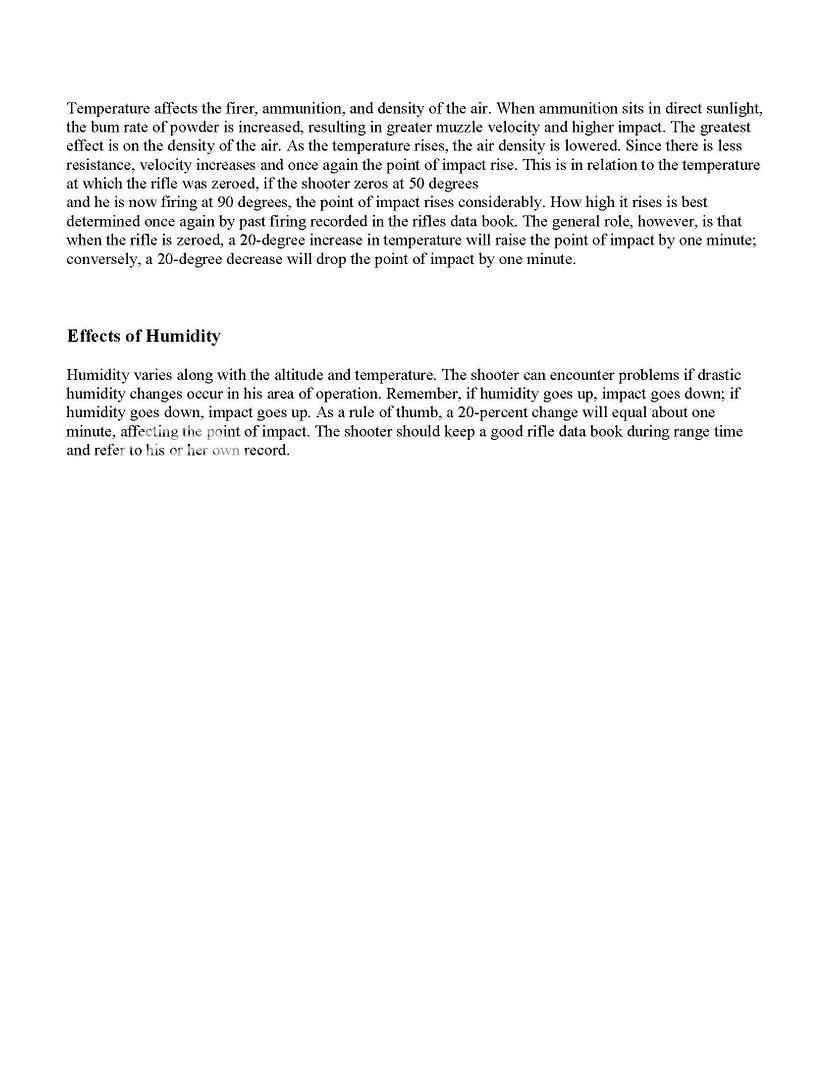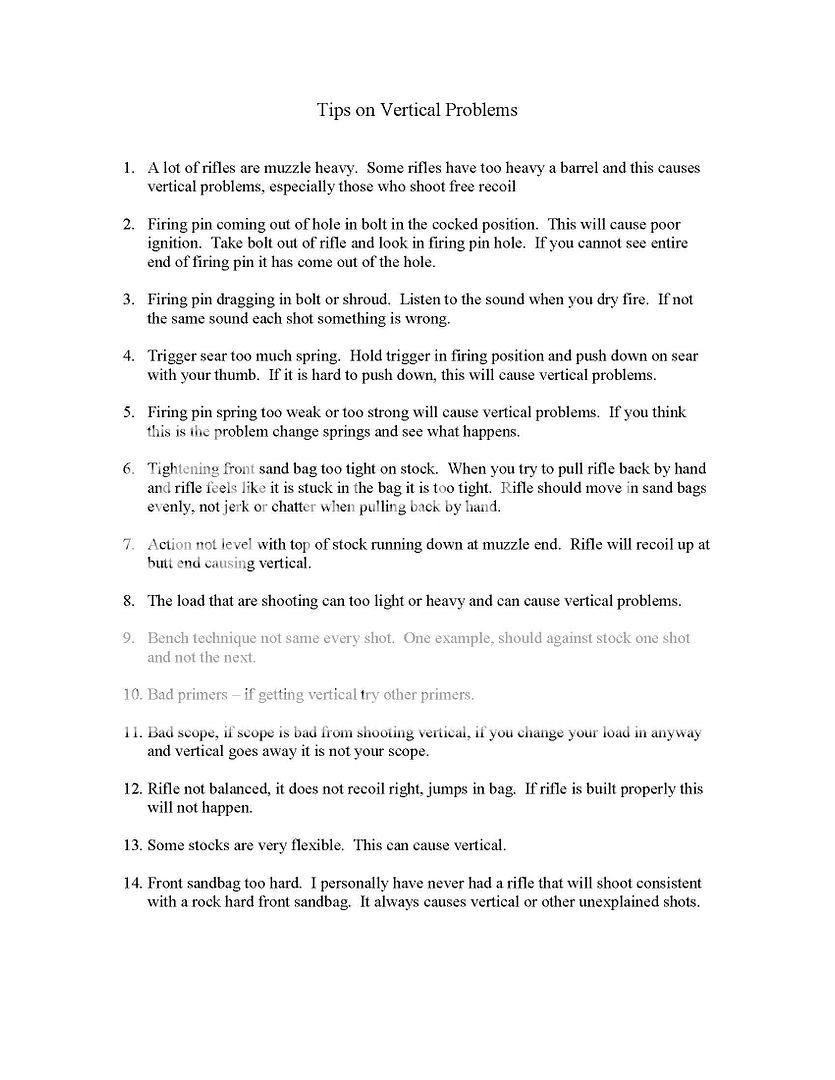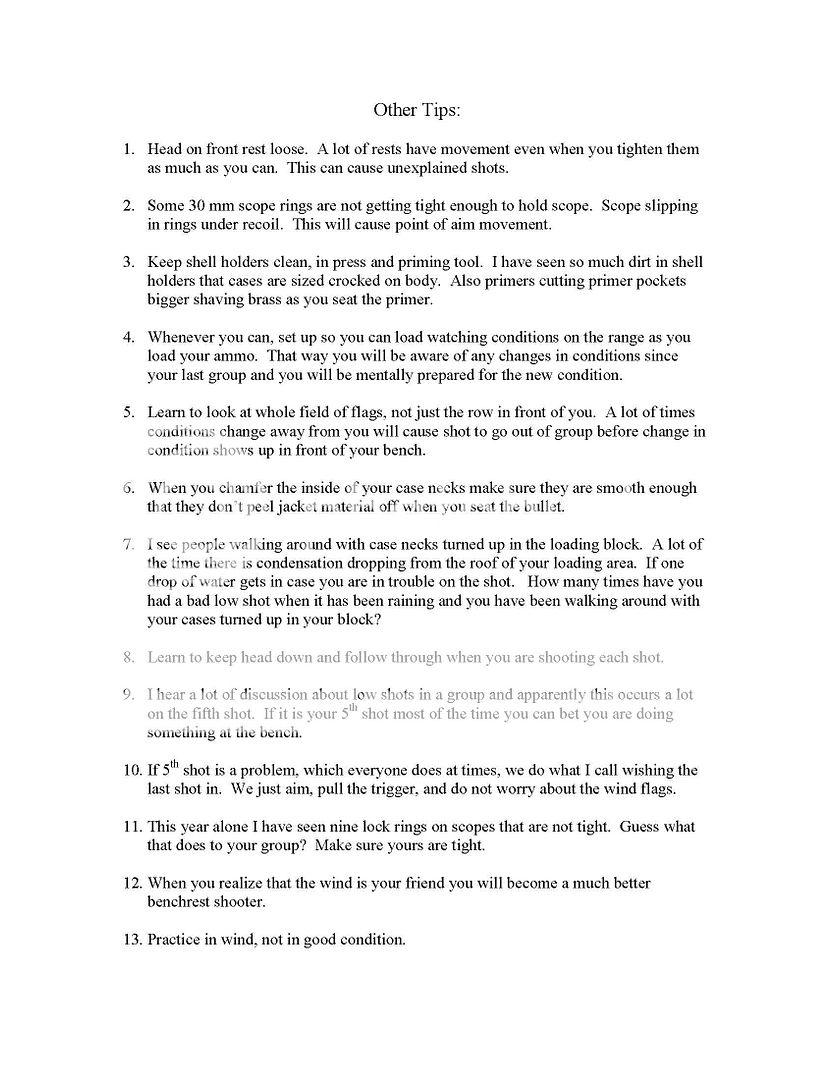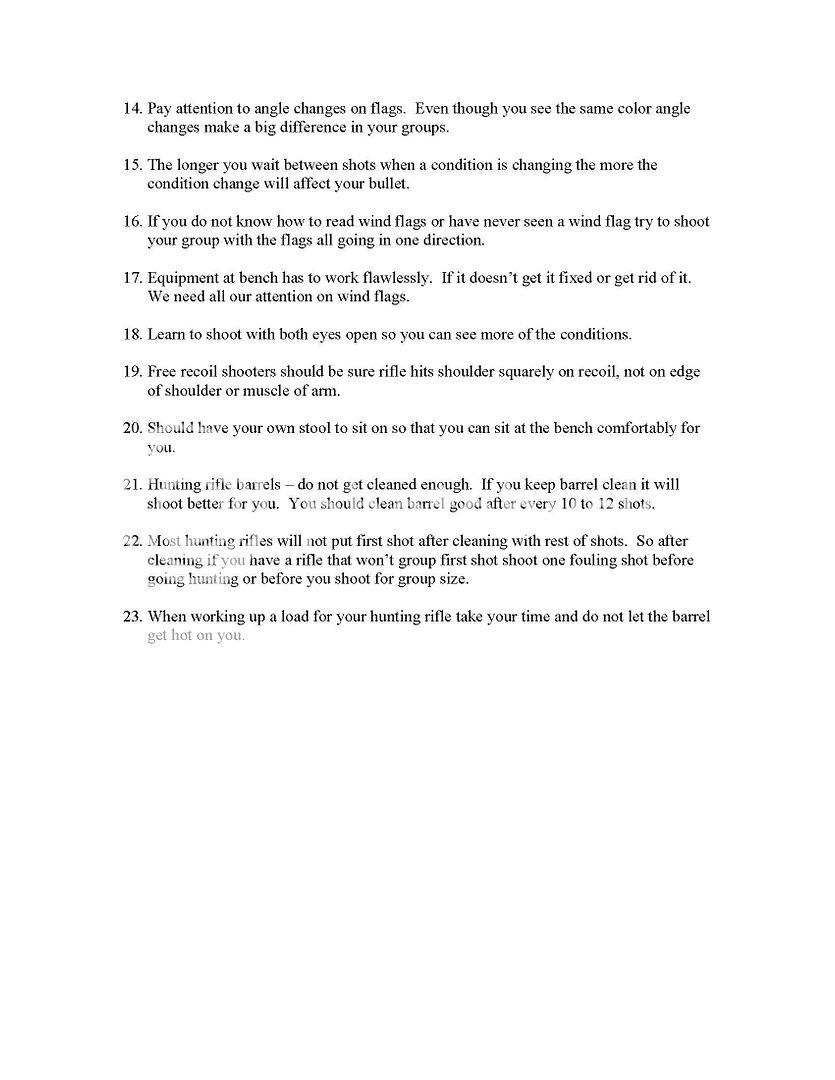I thought I would open a thread on reading and dialling wind on ELR shots. This is a difficult skill and I am sure that their are different methods used. To start off, I will describe the method that I use.
First up, if the wind is blowing strong, I do not shoot at game beyond 1K. Rocks etc are fine but for ELR shots at game I will only consider it with a light breeze or dead still conditions preferred. Experience has shown me that it is better to stay within my comfort zone when shooting at game.
But when I do take an ELR shot in the wind I try and gather as much wind information as I can prior to taking the shot. This means taking wind readings at different locations on my way to the shooting location. It is amazing how much the wind strength changes just by moving around the side of a hill 20 or 30 yards. One side of the hill will be sheltered and only a short distance away on the other side of the hill the wind could be a lot stronger. What I am looking for is the maximum wind strength I can find and then looking at the trees etc at that location. I then use this as a reference for areas way out down range where I can see movement in the vegetation.
While on flat country the cross wind can be quite consistent, in the hills it is very different. The wind strength mid way across a valley can easy be 1/3 or more higher than what the vegetation movement at ground level is telling you.
I think of wind it as being similar to water flowing down a river. It is slower near the river bank and faster out near the middle where it is deeper. Canyons and valleys have the same effect on the wind. They also have a vertical component as the wind rises up and down the hill sides at an angle. The steepness on the terrain will indicate how much vertical you can expect. If the terrain has hills that have a 20% slope angle then it would be a fair bet to assume that their might also be a 20% vertical wind component as well.
I sit and watch the effect that wind has on vegetation down range while glassing for game. I try and get the direction and strength while taking the topography into account.
Where taking a practice shot, I put a lot of effort into working out the wind correction prior to taking the first shot. Then I look for the bullet splash and see how much I was off. With the information from the first shot I then take a long look at the wind and try and work out where I went wrong. This is how I learn from experience.
If you practice at the same location a few times it gets quite easy to get the first shot very close to the target. On a new location it can be tricky. So when hunting it teaches you to be wary.
My longest shot on game was at a locations where I had also practiced a few times. If I had not done this, I doubt I would have attempted the shot even though the wind appeared calm. Its those hidden breezes that can catch you out.
First up, if the wind is blowing strong, I do not shoot at game beyond 1K. Rocks etc are fine but for ELR shots at game I will only consider it with a light breeze or dead still conditions preferred. Experience has shown me that it is better to stay within my comfort zone when shooting at game.
But when I do take an ELR shot in the wind I try and gather as much wind information as I can prior to taking the shot. This means taking wind readings at different locations on my way to the shooting location. It is amazing how much the wind strength changes just by moving around the side of a hill 20 or 30 yards. One side of the hill will be sheltered and only a short distance away on the other side of the hill the wind could be a lot stronger. What I am looking for is the maximum wind strength I can find and then looking at the trees etc at that location. I then use this as a reference for areas way out down range where I can see movement in the vegetation.
While on flat country the cross wind can be quite consistent, in the hills it is very different. The wind strength mid way across a valley can easy be 1/3 or more higher than what the vegetation movement at ground level is telling you.
I think of wind it as being similar to water flowing down a river. It is slower near the river bank and faster out near the middle where it is deeper. Canyons and valleys have the same effect on the wind. They also have a vertical component as the wind rises up and down the hill sides at an angle. The steepness on the terrain will indicate how much vertical you can expect. If the terrain has hills that have a 20% slope angle then it would be a fair bet to assume that their might also be a 20% vertical wind component as well.
I sit and watch the effect that wind has on vegetation down range while glassing for game. I try and get the direction and strength while taking the topography into account.
Where taking a practice shot, I put a lot of effort into working out the wind correction prior to taking the first shot. Then I look for the bullet splash and see how much I was off. With the information from the first shot I then take a long look at the wind and try and work out where I went wrong. This is how I learn from experience.
If you practice at the same location a few times it gets quite easy to get the first shot very close to the target. On a new location it can be tricky. So when hunting it teaches you to be wary.
My longest shot on game was at a locations where I had also practiced a few times. If I had not done this, I doubt I would have attempted the shot even though the wind appeared calm. Its those hidden breezes that can catch you out.



